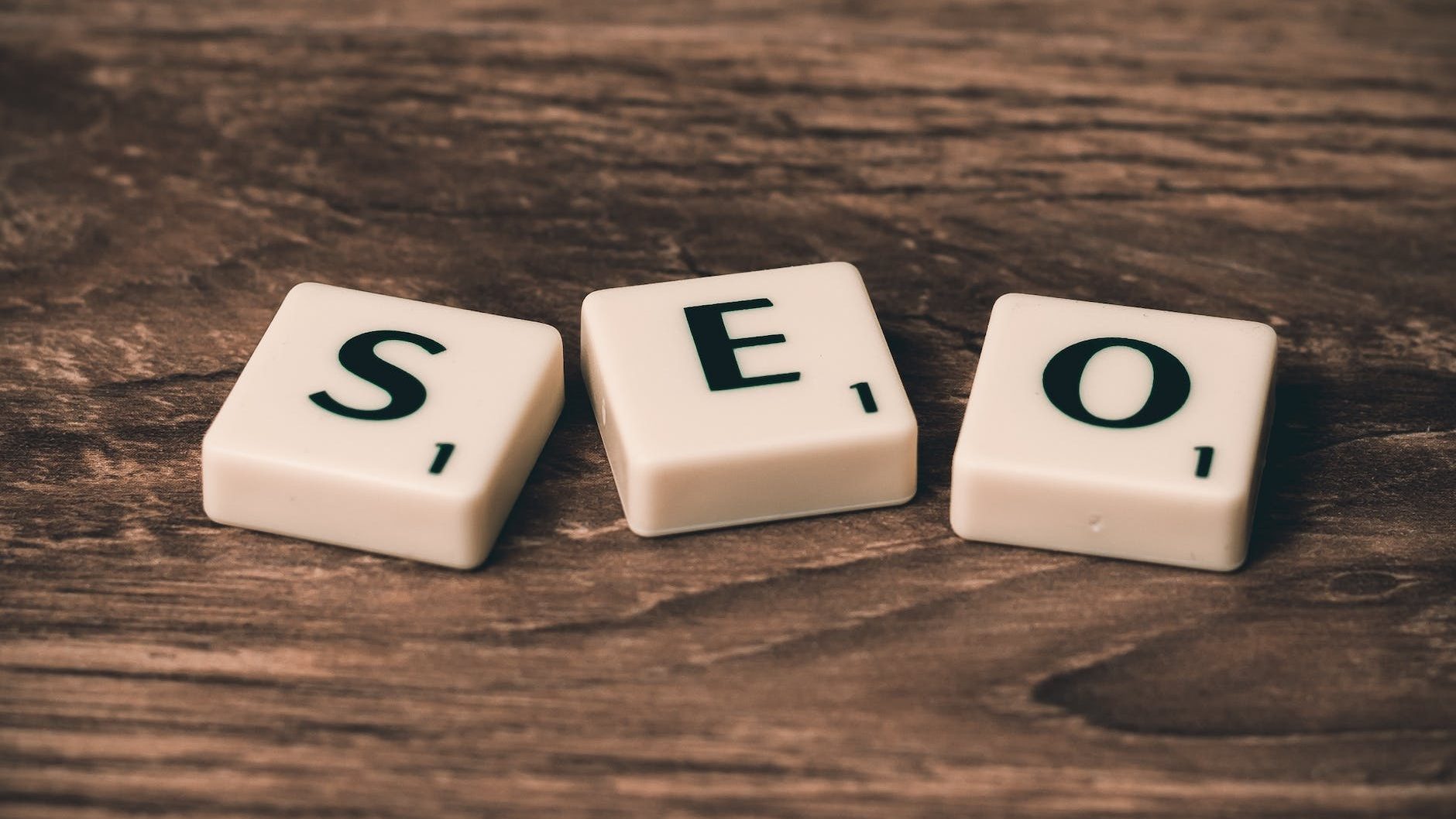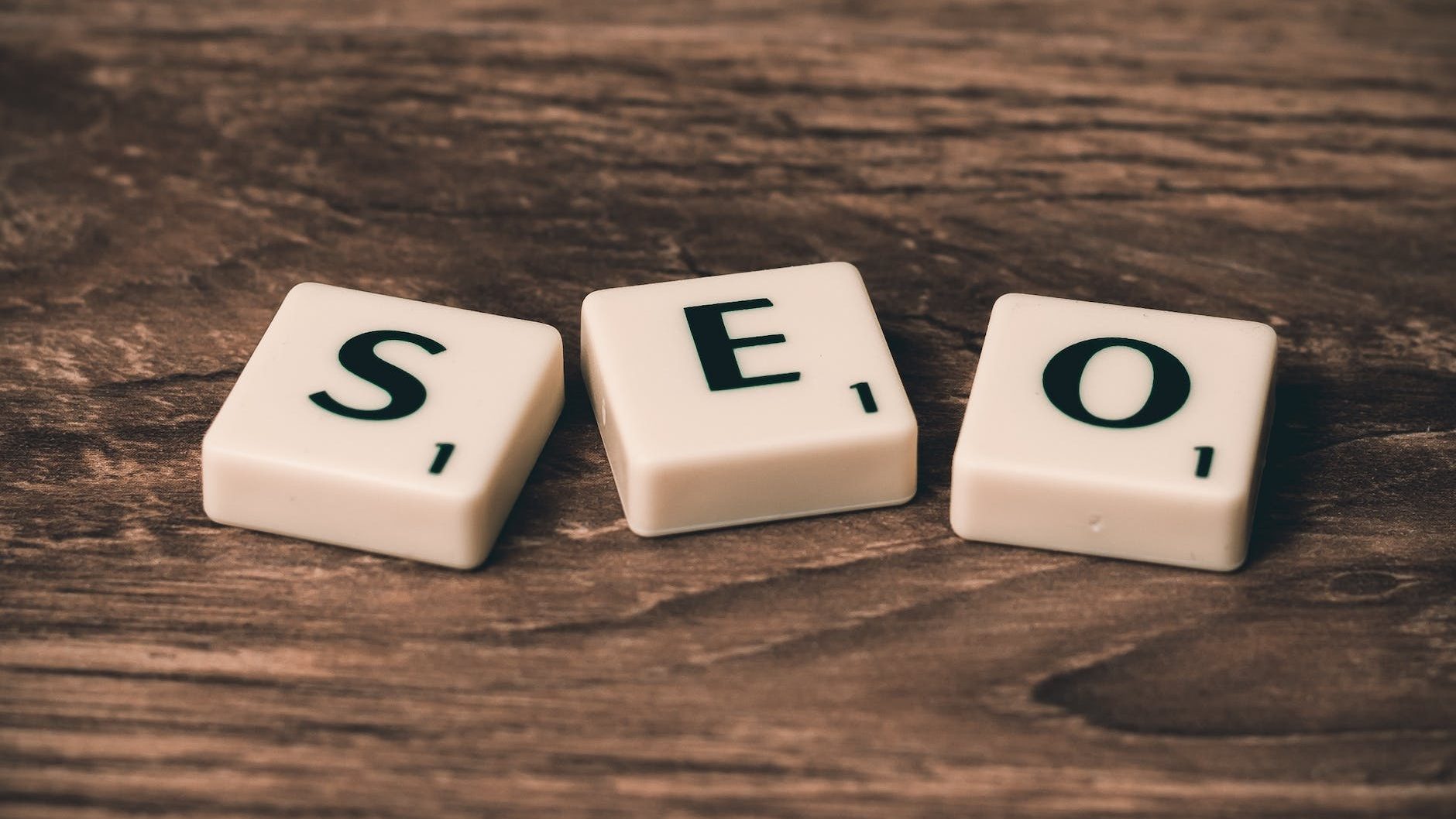Yes, but No, but Yes!
Do it correctly, then it will substantially increase your business across many touch points, especially ROI. However, doing it incorrectly or ‘quick fix’ won’t help at all and has fatally damaged many businesses. I understand SEO and do it well. I build brands and I do that well. This blog isn’t the sole salvation to a business, and I’ll explain a few things that drive businesses. In this article, I aim to quash the uncertainties of what Search Engine Optimisation (SEO) is, the different forms of SEO, techniques and help you clearly identify what online services you need to generate revenue.
Over the years, my previous company built over 170 brands, produced in excess of 8,000 videos and we design very much for an online world (65% of our business), yet 100% of brands need to have an online presence. So by having a great brand, effective and efficient product or service you need your customers to know about it. This is where our SEO services come in. We were creative psychologists (coined by us circa 2009) and some of the team – proudly including myself – are geeks for ways to improve our customer’s presence, both on and offline. This article will explain clearly what SEO is, how we can help and will not baffle you with tech-terminology.

The better optimised your site is for search engines like Google, the more likely your website will be to stand out and rank on the first in SERP (Search Engine Result Page) for keywords and phrases relevant to your business or product/service offering.
If you set up SEO for your site many years ago, saddle up, as this should be an affordable ongoing exercise to keep you pushing forward. Why ongoing? In the past XX years (since your website was built) you’ve had hundreds more competitors reach the market, thousands more ‘up-to-date’ websites, millions more content being added, and billions more search terms. Are yours optimised right now?

What is SEO?
In Search Engine Optimisation, SEO is the process of improving your business’ reach and visibility to increase quality traffic to your website organically (un-paid). A strategy and action of making changes to your website design, content and searchable terms to make your site more attractive to the search engines.
Yet, very few see SEO is their cheapest sales person. The ‘guy’ who will work 24 hours a day, without food or water, no claiming expenses, company car, health benefits – a website is your friend who wants to work for you and deliver ROI day after day. You just need to provide the information to let ‘him’ get on with it.
Plus, like any member of staff you pay them monthly (costing thousands less than the minimum wage).
Types of SEO:
On-page SEO
It is referred to activities performed on a page of a website that is to be published to optimise it so it ranks higher on the SERP.
The On-page SEO activities include; placing the relevant keywords in the right quantity, inserting internal links, meta tags and descriptions, building a customised URL structure, inserting the alt attributes and most importantly providing the visitors with high-quality engaging and most importantly relevant content.

Off-page SEO
Refers to activities performed on a page of a website after it goes live.
Off-page SEO activities includes; sharing posts, commenting on posts to build engagement, liking the post throughout social media, giving star ratings to a post and answering questions of your consumers are all a part of the tasks listed under off-page SEO. Hopefully, these two descriptions help define the difference between on and off page SEO.

White Hat SEO
One of the most popular SEO techniques and is one which uses efficient and effective techniques to improve your rankings of a website which do not go against of search engine guidelines (FYI, incorrect techniques applied by amateur – but clever – companies will damage your rankings as the search engines will penalise you. Once this happens there’s no quick fix, we’ll explain this next). If a company tells you they can get you to the first page of Google in “a month” please don’t believe them. It simply isn’t possible.
A few of the methods which White-Hat SEO incorporates high-quality content (videos are 53x more preferred than images or text), link acquisition campaigns supported by high quality content, website HTML optimisation and restructuring and manual labour or outreach – although this service is very much automated, you do need a team of geeks like AdBrand to ensure you are engaging and using the correct strategies continually. When one prefers this method of SEO then one can expect a moderate, fast and longevity growth in your rankings.

TIP OF THE DAY:
BLOGS. One of the best forms of organic SEO (content marketing). Blogs delivering customers the exact answer in detail to what they are looking for. A great example of this “Will SEO help my business” (it’s how you found us right?!). Google loves ‘being a know it all’ and we love Google for that too. You will want to load your articles/blogs with correct keywords, meta tags and advice pieces, which not only show Google you have the answer, but you’ve got an article supporting it.
Black Hat SEO
WARNING!!! Black hat SEO techniques is a type of SEO techniques which misuses the various weaknesses in the algorithms or search engines in order to get high rankings for websites instantly.
This type of a method is not accepted and isn’t legal with the SEO policies set by search engines and especially by Google. The overall quality is incredibly low due to some of the black hat SEO techniques include; link spam, keyword stuffing, hidden text, hidden link, cloaking. If you decide to choose this method then expect instant but short-lasting growth in ranking, with severe consequences. You might want a million customers, but why not get a few thousand now, build loyalty, trust and allow the business to grow organically – solid foundations – and all that jazz.
How does SEO work?
When a user enters their query or search term of engines like Google, the results shown is a series of websites most relevant to the query and have a solid domain authority.
For example when you type and search for ‘best pancake recipe, the top results are the ones that are practicing the best SEO practices in Google’s perception.
How do they do this? Search engines use advanced crawlers gathering information on every website, gathering all available content it can find. Crawler indexes for every website are computed by one of the Google algorithms adapted for best practice.
Benefits of SEO:
1. Generates inbound leads
Most people still rely on an ‘antiquated definition of SEO’, assuming ‘Optimising a website’ for search engines. Which is partly correct, however, modern SEO is ensuring an amazing user experience otherwise known as UX.
An organised, clean and structured website encourages longer visitor time, which decreases your bounce rate and increases traffic due to popularity (another Google algorithm). This in turn will generate leads – as long as you accompany your message with a ‘call-to-action’ (CTA) of course.
2. Increases brand awareness
If you correctly introduce accurate and relevant keyword optimisation, your potential customers are going to find you. If you answer questions accurately with variable content examples, they will be offered your website and therefore brand by the search engine.
Build brand awareness, customer engagement, audience profiles – then – offer, market, promote, advertise and sell to them.
Many new/start-up companies we speak to dedicate thousands of dollars to a launch campaign without knowing their audiences, which in turn delivers results, but not optimised sales.
3. Builds Brand Credibility
With correct ‘SEO practice’ you are able to rank your website/business on top/high-ranking results on search engines equates to ‘an unaware customer’ you are a reputable company. One imagines you don’t have the budgets for a celebrity endorsement? SEO is way cheaper and more effective for longevity for your business.
Simply put: Invest wisely and don’t look for the short cuts.
4. Low Cost, High ROI
SEO is one of the most cost-effective forms of marketing. You’ve invested in having your website built, because “everyone needs a website”. Once you have your results, clicks, likes, engagement coming through – you (and your SEO team) need to ensure you’re analysing this information and asking questions like “Why are we getting more website traffic, higher rankings?”, “Where are these conversions coming from?”
This should be worked through with your marketing team as their exercises/initiatives will lead you to answers and highlight their successes and what might need to be amended/tweaked next month.
5. Track Results
I need to reiterate this point (but not labour it) You must track who is viewing, clicking, sharing what as you’ve invested in SEO, you’ve found your customers (they’ve found you to be more accurate) having greater insights will allow you the greatest benefit from SEO.
Use Alexa, Google Analytics and other social software like Later, Hootsuite, Sprout Social you can resolve both positive & negative data about your online visitors and use this to your advantage.
Consistently evolve and be where your customers are or need you to be.
In summary:
SEO helps businesses compete online. It a necessary ‘hand-in-hand’ investment with your website. Don’t be baffled by ‘tech-terminology’ or geeky lingo designed to confuse the most educated of professionals. Having a dedicated team saves cost, resources and as they look after several clients and act upon this daily, the latest trends will be automatically implemented.
Thank you for reading.
A.







